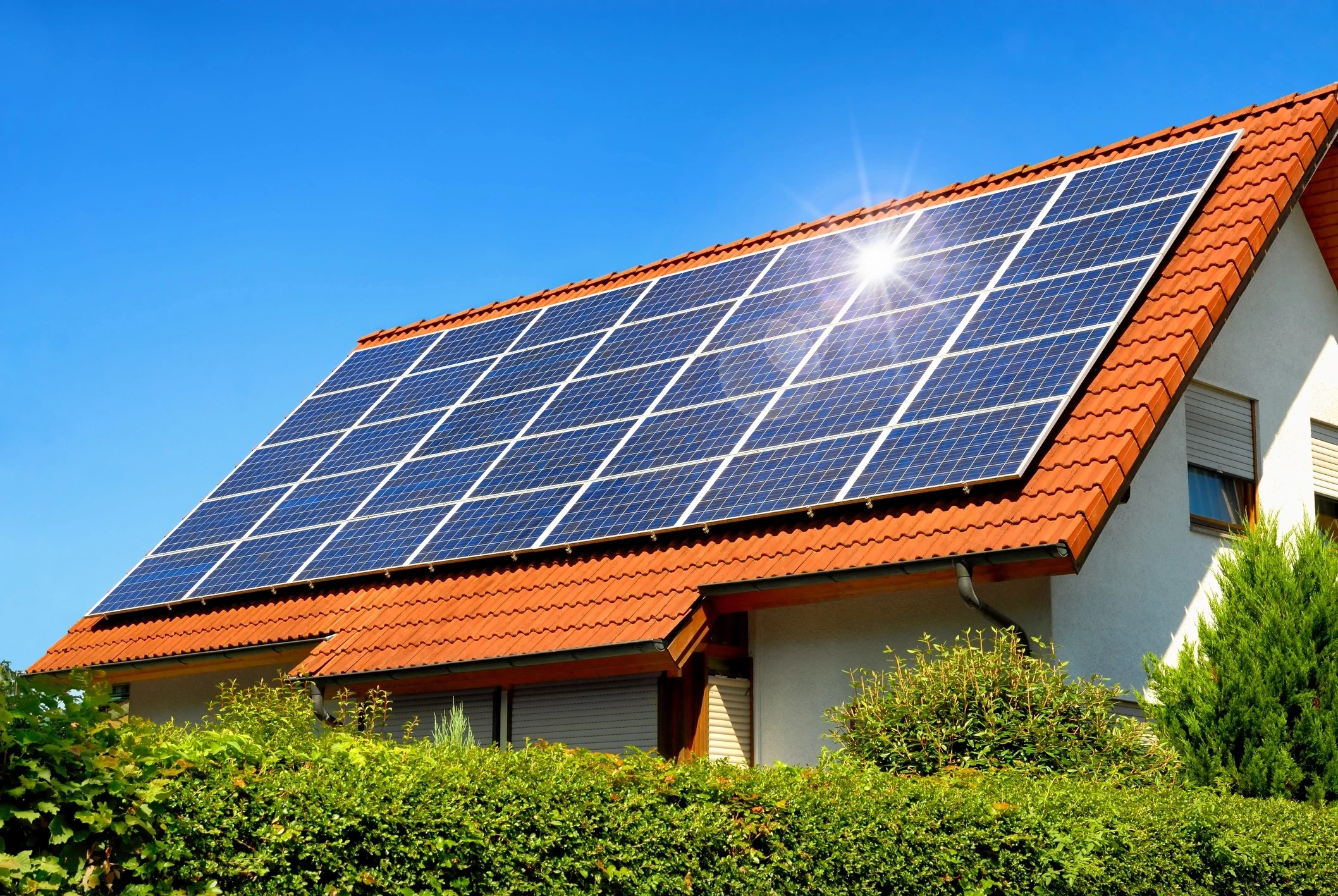

Solar-Energy
- Home
- Solar-Energy

Solar-Energy
Solar energy basically refers to the use of solar radiation for practical purposes. However, all renewable energy sources, with the exception of tidal energy and geothermal energy, derive their energy from the sun.
Technology that relies on solar energy is generally either passive or positive depending on the way in which sunlight is harnessed, transformed and distributed. Positive solar technology includes the use of photovoltaic panels, pumps and fans to convert sunlight into other useful sources of energy. This, while the technology of passive solar energy includes the selection of materials with suitable thermal properties and the design of places that allow the circulation of air naturally and the selection of suitable places for buildings to face the sun. Solar energy technologies are positiveUsing photovoltaic panels, pumps and fans to convert sunlight into other useful sources of energy. This, while the technology of passive solar energy includes the selection of materials with suitable thermal properties and the design of places that allow the circulation of air naturally and the selection of suitable places for buildings to face the sun. Positive solar energy technologies are characterized by the production of an abundant amount of energy, so it is considered a secondary source for producing energy in abundant quantities, while passive solar energy technologies are a way to reduce the need for alternative sources. Thus, they are considered secondary sources to meet the need for excessive amounts of energy
solar power stations
Solar energy technology is one of the fastest growing renewable energy technologies in the Middle East and Africa region. The demand for solar energy is increasing because it is clean energy, providing electrical and thermal energy that is completely carbon-free, and solar photovoltaic panels (PV) are the most widely used in generating electricity from solar energy, due to the possibility of expanding and modifying them according to different needs and environmental conditions.
Whether you represent a public utility company or a commercial establishment, our distinctive integrated solutions will cover all your project needs, from its design to its operation and maintenance.
The global energy crises in recent years, and the problem of environmental pollution, gave a general feeling of the importance of serious and continuous search for renewable and alternative energies, just as the rise in fuel prices and the expectation of its depletion make it necessary to think about using solar energy in the production of electric energy, and help reduce fuel consumption in power stations Conventional and combined electric energy.
In conjunction with the population explosion, most countries of the world tended to use solar energy to compensate for the lack of energy in the electrical grid, while a number of developed countries such as Germany, China and the United States began to rely on it as an alternative source of traditional energy to reduce dependence on fuel. Recently, it has begun to rely on solar cells to deliver electricity to isolated places that are difficult to connect to from the electrical grid due to its isolation or the high cost of connecting it to the grid. Solar power plants use two types of technology, each with its own applications:
- The solar system may consist of solar panels on the roofs of houses and buildings (PV), or in solar farms in which the panels are installed at a suitable height from the ground and with an inclination determined according to the angle of incidence of the solar radiation in the place. A converter to convert direct current into alternating current) by converting solar energy directly into electrical energy.
- Concentrated solar power plants (CSP) are also known as thermal solar power plants, and they differ from the simple solar system in that they use solar thermal energy to make steam, to pass on turbines later on to generate electricity.